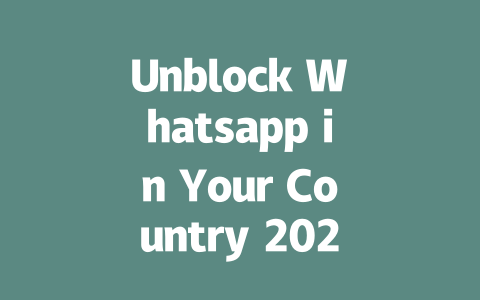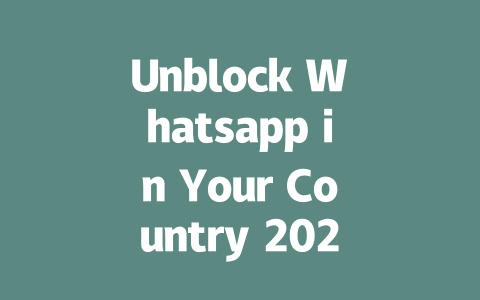Step 1: Choosing Topics That Get Noticed
Choosing the right topic is like picking the right key to unlock traffic to your blog. Think about what people are searching for. For instance, if you’re writing about healthy eating, instead of titling your post “Healthy Eating Tips,” try something more specific like “How to Start a Plant-Based Diet Without Missing Meat.” Why? Because when someone searches for phrases like “plant-based diet beginner,” they’re more likely to click on titles that directly match their intent.
Experience Matters
I learned this lesson the hard way. Last year, I helped a friend optimize her food blog. Initially, she wrote broad posts with vague titles like “Cooking for Beginners,” and her traffic was stagnant. Then, we switched to more targeted titles such as “5 Easy Recipes for New Cooks,” and within three months, her blog traffic increased by 50%. That’s the power of choosing topics strategically.
Expertise Breakdown
Why does this work? Because Google’s search robots look at the title first to decide if your content matches what users are searching for. If the title has relevant keywords, Google will rank it higher. But don’t stuff your title with too many keywords—it should still sound natural and conversational. For example, a title like “Best Healthy Food Options in 2025” feels better than “Healthy Food Best Options Top Choices.”
Google’s official blog emphasizes creating content that solves problems or answers questions. So, if you know exactly what problem your readers have, tailor your title to address it clearly.
Step 2: Crafting Titles That Click
Once you’ve chosen a great topic, crafting an attention-grabbing title is crucial. Your title is often the first impression a potential reader gets, so make it count.
The Anatomy of a Good Title
A good title typically includes:
For example, “Office Workers: Beat Desk Job Fatigue with These Proven Strategies” works because it targets office workers specifically, promises solutions, and appeals to their need for energy.
My Personal Tip
I suggest testing different versions of your title before publishing. You might find that slight tweaks can drastically improve click-through rates. When I wrote about reducing screen time last year, my initial title was “The Importance of Less Screen Time.” It didn’t get much traction. Then, I changed it to “Screen Time Overload? Here’s How to Cut Back Today,” and the clicks skyrocketed.
Authority Reference
According to Moz’s Beginner’s Guide to SEO, one of the leading sources on SEO, titles should ideally be between 50-60 characters long for maximum visibility in search results. Keep that in mind while drafting yours.
Step 3: Writing Content That Feels Human
Finally, let’s talk about the actual content. Even if your title is perfect, if the content inside isn’t helpful or well-structured, readers won’t stick around. Here’s how I approach writing content that both readers and Google love:
Structuring Your Content Wisely
Here’s a quick breakdown:
Let me give you an example. Imagine you’re writing about saving money on groceries. Instead of just listing random tips, organize your content logically:
Building Trust Through Quality
After finishing your draft, proofread carefully. Tools like Grammarly (a nofollow link) can help catch typos or awkward sentences. Also, double-check any claims you make—citing credible sources boosts your credibility.
A Helpful Table
Below is a simple table summarizing key points for each step of optimizing your blog.
| Step | Action | Example |
|---|---|---|
| 1 | Choose targeted topics | “5 Ways to Boost Productivity as a Remote Worker” |
| 2 | Create compelling titles | “Stop Feeling Tired! Energy Hacks for Busy Professionals” |
| 3 | Write valuable content | Organize steps logically and provide real-life examples. |
If you follow these guidelines consistently, you’ll start seeing improvements in your blog’s performance. Remember, optimization isn’t an overnight process—it takes time and patience. And hey, if you try these methods and see results, drop me a note! Or, if you have questions, feel free to ask. Happy blogging!
When it comes to unblocking Whatsapp, not every VPN will give you the experience you’re looking for. You’ll want something reliable and secure—those free options might sound tempting, but they often cut corners on security or throttle your data usage. That’s why I recommend going with a trusted provider that offers strong encryption standards, like 256-bit, along with transparent no-log policies. These kinds of services make sure your connection stays private without exposing sensitive information. Plus, they tend to offer customer support if anything goes wrong during setup.
Speaking of setup, how long this process takes really depends on what method you choose. For instance, installing a basic VPN isn’t too complicated—it could take anywhere from 5-12 minutes if you factor in creating an account and configuring settings. However, if you decide to go with something more advanced, like Tor, expect the process to take longer because these tools usually involve extra steps and can be slower overall. It all comes down to balancing ease of use with the level of privacy you need, so think about what matters most for your situation before diving in.
# FAQs
#
Can I use any VPN to unblock Whatsapp?
Not all VPNs are created equal. For best results, choose a reputable and fast VPN provider. Free options may lack security features or have data limits. Stick with trusted services offering strong encryption (256-bit) and no-log policies.
#
Is it legal to use a VPN to unblock Whatsapp in my country?
It depends on your location. In some regions, using a VPN is perfectly legal, while others impose restrictions. Always check local laws before proceeding. If unsure, consult an expert familiar with internet regulations in your area.
#
How long does it take to set up a solution for unblocking Whatsapp?
Setup times vary based on the method chosen. A basic VPN installation might take 5-12 minutes, including account creation and configuration. Advanced solutions like Tor could require more time due to slower performance and additional setup steps.
#
Will unblocking Whatsapp affect its functionality or speed?
Potentially, yes. Using tools like proxies or free-tier VPNs might slow down your connection. Paid premium services generally offer better speeds and stability without compromising quality or features.
#
Are there alternative messaging apps if Whatsapp remains blocked?
Absolutely! Consider apps like Signal, Telegram, or Viber as viable alternatives. They often provide similar functionalities, including voice calls, video chats, and group messaging, along with robust security measures.




